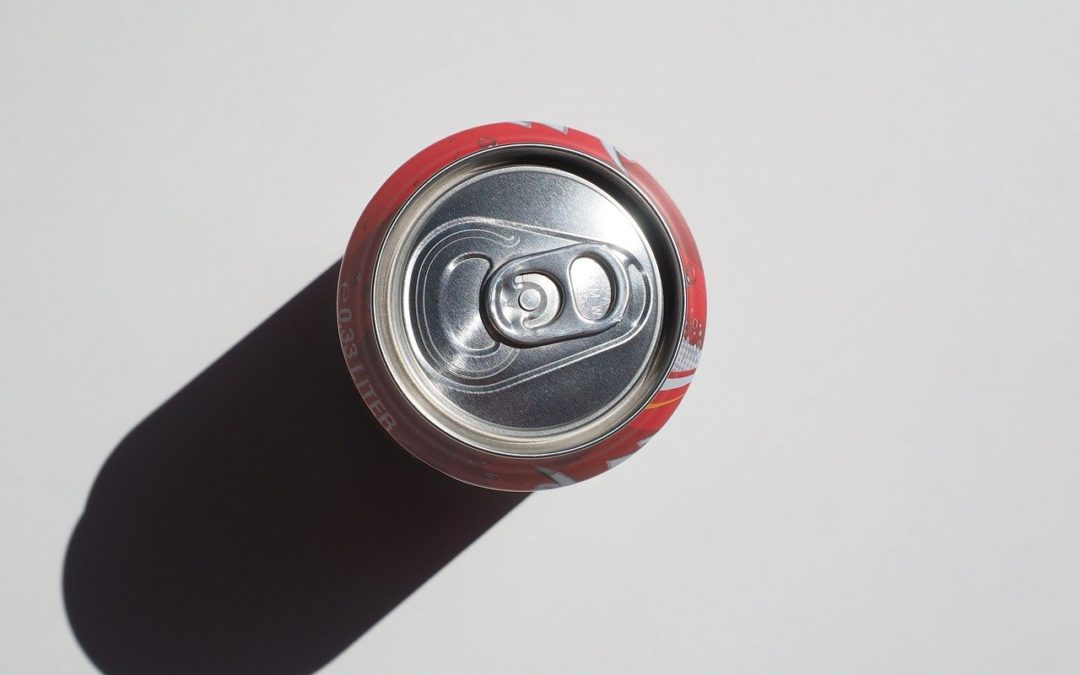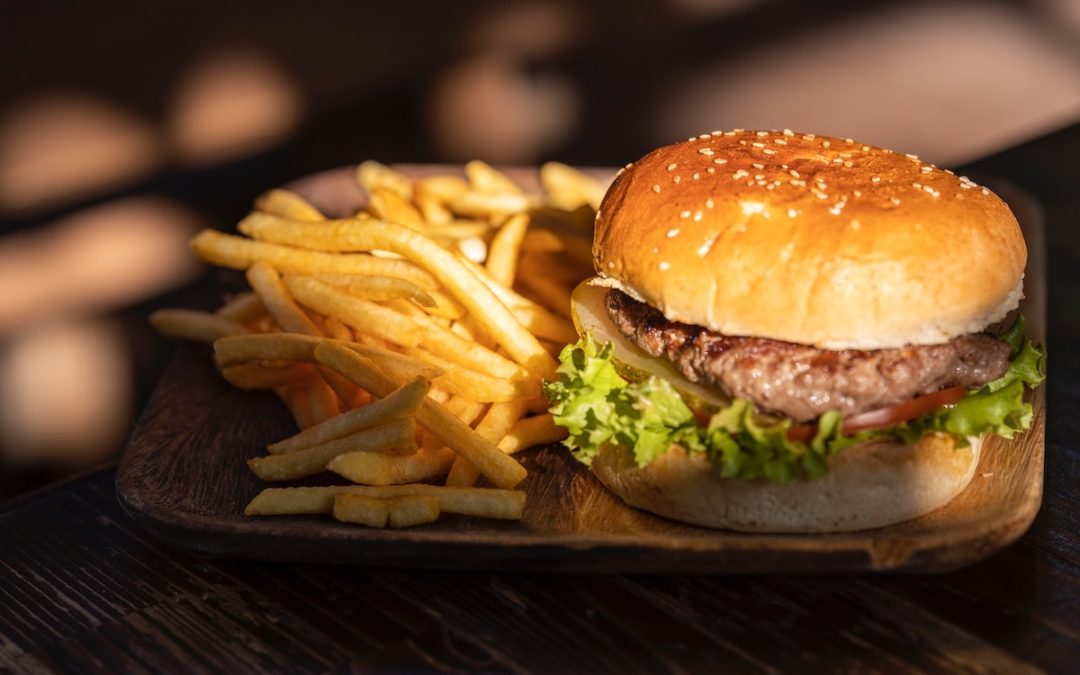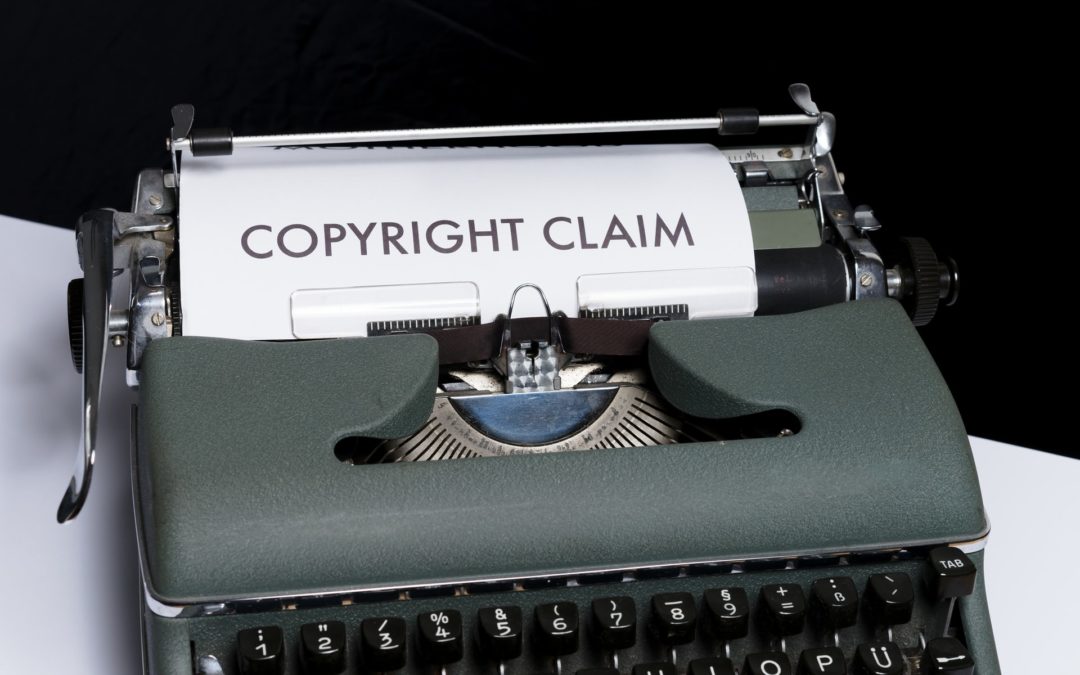
Apr 4, 2022 | Business Law, Intellectual Property
Registering a trademark confers far more benefits than registering a business name, company name or domain name. Marketing is an important business tool, and a registered trade mark is crucial... Read More

Mar 26, 2022 | Intellectual Property
Trade marks on the Grill The famous Australian burger chain known as Grill’d released a contentious advertising campaign to promote its healthy fried chicken (“HFC”) burger range. This case highlights... Read More

Mar 10, 2022 | Intellectual Property
Intellectual property refers to the intangible assets which constitute proprietary knowledge in the form of patents, trade marks, designs, confidential information and more. Intellectual property is a valuable asset in... Read More

Jan 10, 2022 | Intellectual Property
Intellectual property (IP) is the ownership of ideas, designs, names or logos. IP can be a valuable business asset, and allows you to take enforcement action for a breach of... Read More





